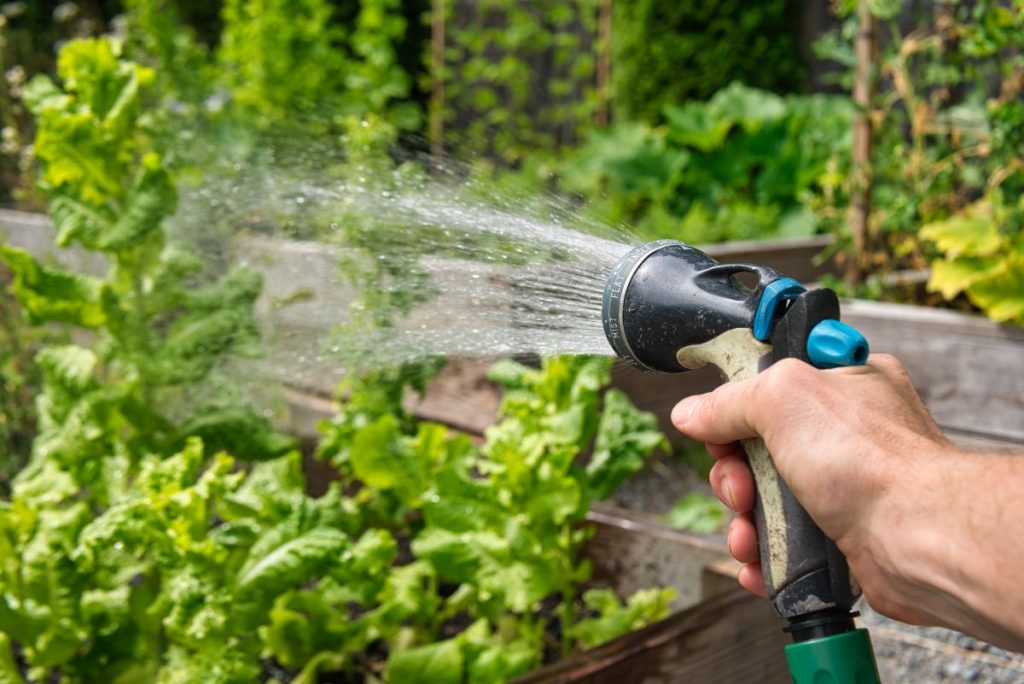
Start a vegetable garden at home
One can continue saving water while also maintain a vegetable garden at home. Having a vegetable garden is not only good for the family members because the parents can be sure that their food is fresh and are homegrown but also kids would enjoy tending to the vegetable garden.
There are many ways to have a vegetable garden or even a landscaped garden and still be saving water. The trick to saving water here is by strategically planning all the details of the vegetable garden and by being responsible when using water. This will not only allow the household to grow their own food but also help save water and the environment. Here are some ways to save water while maintaining a vegetable garden and a landscape garden at home.
Plastic mulch
The material placed on top of the soil in a vegetable garden and other garden beds is called Mulch. This is designed to reduce evaporation, encourage consistent soil temperature, and minimize the growth of weeds that take water from the vegetable. Also, the materials made to be mulch vary depending on the climate, soil, and local resources. Some of the materials commonly used for mulch are wood bark chips, pine needles, shredded organic materials, straw, and gravel. After a while, the mulch decomposes and it improves the soil. Another addition that is great for the vegetable garden soil is compost so the vegetable garden can save water and avoid soil erosion.
Planting native plants specie
Planting the right kinds of plants in the vegetable garden is important. The native plants that are common in the area and country as well as those that are well-adapted are best suited for the vegetable garden at home. Native species enable the household to be saving water and there are also times that rainfall is already enough.
There are also some native species that are resistant to insects and diseases in a particular region. To know which native species of plants are local to one’s area, it is best to consult a local agriculturist or do some research on the Internet. Some of the things to consider when choosing the native plant species are the general climate of the area, the soil type, and other characteristics like drought tolerance and insect repelling.
Companion planting
Companion planting is the process of planting similar plants together for their mutual benefit. Sometimes, tall plants tend to overshadow shorter plants so they deprive the latter of sunrise. There are also some plants that need more water compared to other species so these plants tend to suck in all the water. The evaporation process of the shorter plants are also obstructed by the taller plants which can make the plants in a vegetable garden very unhealthy or lacking in nutrients. Other benefits of companion planting aside from enabling the vegetable garden to save water and letting the plants grow healthily are deterring pests, providing windbreaks, creating healthy microclimates for good insects, and promoting symbiotic nitrogen fixation.
Watering the vegetable garden
Evaporation on the plants can be reduced by hand-watering only when necessary. Also, in saving water, the best times of the day to water the vegetable garden are early morning or late afternoon. Other ways to save water are to install drip irrigation using tubes or lines that water the plants at soil level eliminating the evaporating water present on the leaves. For the drip system in watering, the options range from soaker hoses to complex and customized irrigation systems. Another way is through a rainwater collection system that would collect the water from the rain in a holding tank to be used in watering the vegetable garden. This can be done by using a 50-gallon drum connected to the downspout of the gutters.
